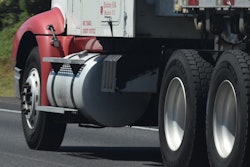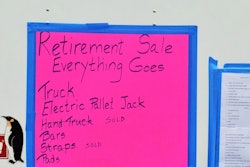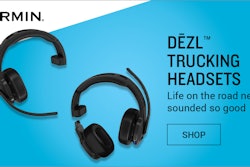In 1999 I decided to apply for my own authority. But before doing so I wanted to make sure I had all my ducks in a row. I began to prepare. Secured the money for the down payment on a truck and trailer, saved enough operating capital for a minimum of 30 days, established a customer base, and developed a financial back-up plan if things went south on me. With all those items in place I was confident I had planned well and was prepared to get my own authority. I promptly did so.
It wasn’t until I became an insurance agent that I discovered my plans should have started years earlier. Simply put, I did not do any of the preparation I should have done to lower my initial insurance premium. The first year I was in business my annual premium cost me as much as the price I paid for my truck! So just what was it that caused my insurance premium to be so outrageous that first year I was in business?
Insurance companies rate us by several factors. Some of those factors most of us are aware of and include things such as our age, details on our MVR (Motor Vehicle Record), years of driving experience (with a CDL) and years in business. Yet there’s a lot more to it than that, too. There are more factors many of us, including me when I first began, aren’t aware of. Those are factors like our credit reports, business address, severity of the items on the MVR, prior insurance claims (including those in personal vehicles). In recent years, too, our CSA BASIC scores, and many more factors besides.
[Related: Liability insurance rates just keep rising for independents]
Each insurance company chooses to use or not use some of these items. I’ve listed the factors that are commonly used across the majority of the insurance industry. Some of them provide insurance companies with information that can impact how we are rated with another factor or even factors. For instance, if our place of business has an address in Oklahoma, the insurance company expects our driver’s license to be in Oklahoma as well. So if for example we have a California driver’s license that causes an unexpected mismatch; that unexpected mismatch will almost always cause a significant insurance premium increase. Additionally, if we declare to the insurance company on our application that we are going to operate within a 500-mile radius of our Oklahoma place of business, yet we have a California driver’s license, that causes yet another unexpected mismatch.
Insurance companies don’t like the uncertainty in those mismatches. Additionally, insurance companies know that it’s highly unlikely that a business owner lives in California and works in Oklahoma but never goes home to California with the truck. The best practice is to live in and have your driver’s license in the same state that your business is located in.
Our MVR has some of the most significant impacts on our insurance premiums, both positive and negative. As a general rule insurance companies will pull a five-year MVR report and a CLUE (Comprehensive Loss Underwriting Exchange) for a complete history of insurance claims for all drivers listed on an application.










